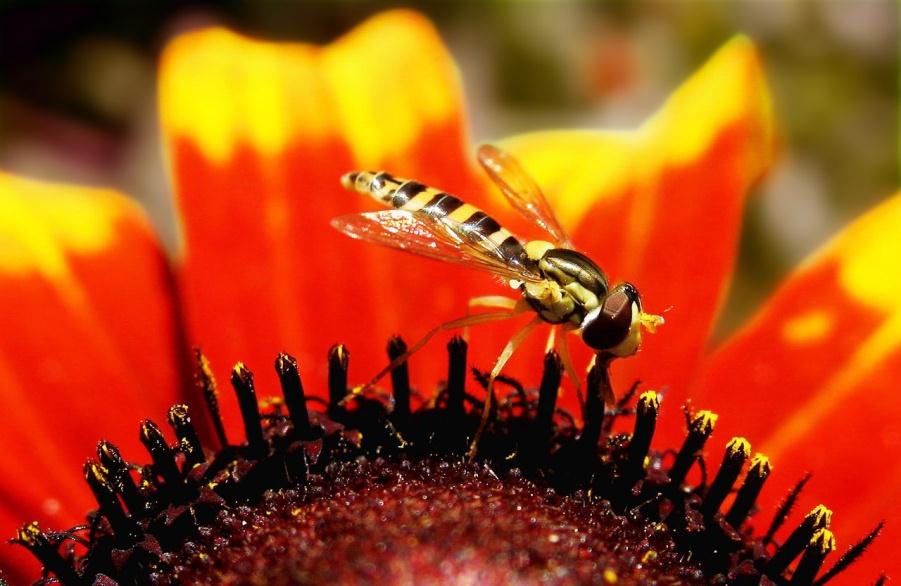POLLINATION
-
This is the first step in the process of seed formation.
-
The male gamete, present in the pollen grains of the anthers, need to reach the female gamete in the ovary (present in the pistil).
-
Only then fertilization takes place.
-
The transfer of the pollen grains to the stigma of the pistil is known as pollination.
Pollination is of two types:
Self-pollination
Cross-pollination

Self-pollination:
-
In self-pollination, pollen grains are transferred to the stigma of the same flower.

Self pollination
Cross-pollination:
-
In cross-pollination, the pollen grains are transferred from the anther of one flower to the stigma of another flower of the same kind.
-
Pollination takes place with the help of external agents such as wind, water, and insects. They are called the agents of pollination.
Agents of Pollination:
-
The most common agents of pollination are:
Wind
Water
Insects
Wind:
-
Wind blows away pollen grains from the anthers of one flower to the stigma of another flower.

Wheat
-
Such flowers are small, not brightly coloured, and do not produce nectar (a sweet liquid produced by flowers).
-
Pollen grains are very light so they are easily blown away with the wind.
-
Male and female gametes are exposed to the wind. Some examples are wheat, rice, and maize.
Water:
-
Pollination in aquatic plants such as sea grass and Vallisneria is usually carried out by water.

Vallisneria
-
Water-pollinated flowers release their pollen grains into the water, and are slowly carried to other flowers by water currents.
Insects:
-
Many insects visit flowers for nectar.
-
During the process, some pollen sticks to the body parts of these insects.
-
When these insects visit another flower, the pollen grains fall on the stigma.

Insect pollinated flower
-
Insect-pollinated flowers usually have sweet smell, bright-coloured petals, and are rich in nectar. Examples are sweet pea, orchids, etc.
-
Flowers visited by nocturnal (active during night) insects have less showy petals but are often strongly scented. For example, Jasmine (Raat ki Rani).




